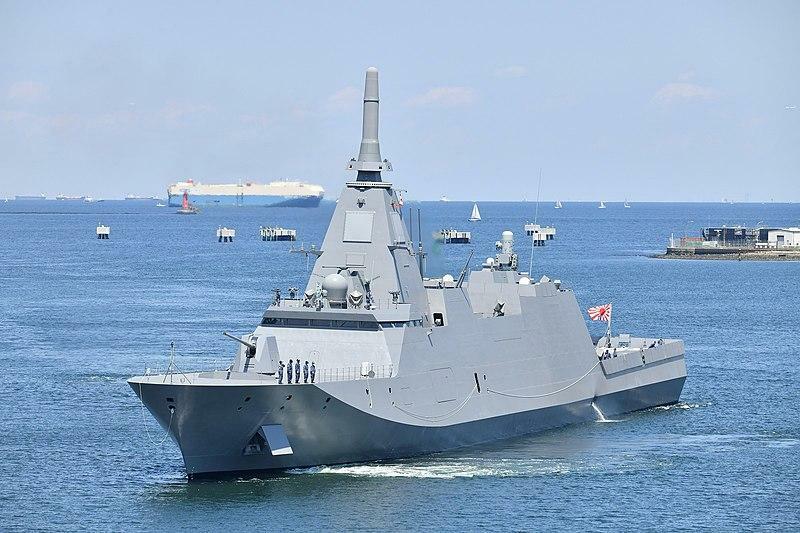Mogami is strong in many areas, and automation is one, integration is another. Reducing crew size really needs a proven model, and Mogami has that. Its not theoretical, its there, you can talk to the crew, embed on the ships.
The competition between Japan and Korea is hugely fierce. However, ships of this type are going to be important. Korea is still going to build some ships off its design, and still wants to compete on the international market. I don't think anyone is disappointed in Korea, just their offering and timelines don't quite match up with the Japanese. Remembering when the original Mogami/30ff/30dx was shown off, it had almost no interest from Australia.
IMO the Americans should acquire the Korean design and build that instead/or in addition to the Constellation class. That type of crewing is probably a better fit for them.
The original ships were built with 16 vls in mind, they just wanted to accelerate production they, are being refitted. The new ships will have 32 VLS for Japan. If we choose the second flight mogami, we will get 32 VLS. They are building the ships extremely fast.
Japan will acquire a total of 12 new FFM frigates in five years from 2024 to 2028 at a very high pace, which reflects the increasingly severe security environment surrounding Japan.

www.navalnews.com
12 ships in 5 years. One ship basically every 5 months from the start of the project. They won't arrive at that tempo, but time wise project divided by ships, that is effectively what they are attempting to do. They already have a previous class and proven that is probably achievable. This is a naval arms race, and this ship is at the center of Japans efforts.
So by the time we get ours, there will be a whole fleet of ships in service. With likely 3 yards in Japan, and 1 yard in Australia spamming them out. Australia as a production center is a key concern for Japan.
This biggest risk to the project is probably the RAN being able to accept ships at the rate they are going to be delivered to us. We are going to have to start embedding crew as soon as the deal is signed on the existing Mogami class hundreds of sailors, perhaps decom another anzac to do it. The biggest risk is us.





